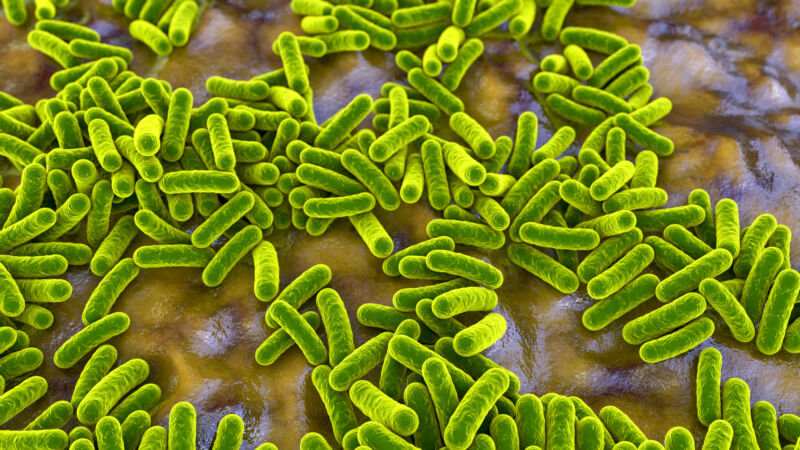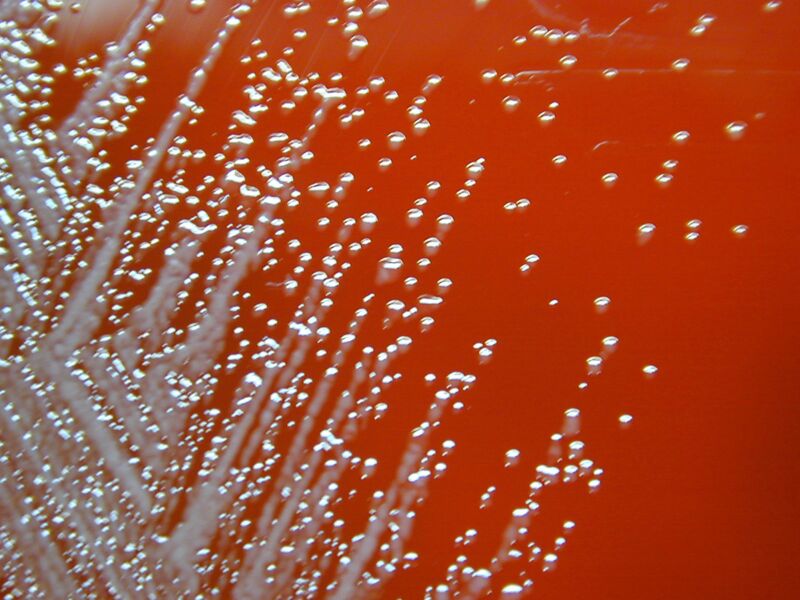-
 chevron_right
chevron_right
Thawing permafrost exposes old pathogens—and new hosts
news.movim.eu / ArsTechnica · Sunday, 30 October, 2022 - 10:50

Enlarge (credit: Andrew Burton/Getty )
The Arctic—that remote, largely undisturbed, 5.5 million square miles of frozen terrain—is heating up fast. In fact, it’s warming nearly four times quicker than the rest of the world, with disastrous consequences for the region and its inhabitants. Many of these impacts you probably know from nature documentaries: ice caps melting, sea levels rising, and polar bears losing their homes. But good news! There is another knock-on effect to worry about: the warming landscape is rewiring viral dynamics, with the potential to unleash new pathogens.
An underappreciated consequence of climate change is how it will exacerbate the spread of infectious disease. As the world heats up, many species are expected to up sticks and meander many miles away from their typical habitat, bringing various pathogens along with them for the ride. This means that previously unacquainted viruses and hosts will meet for the first time, potentially leading to viral spillover—where a virus jumps from one reservoir host to a new one, like our old friend SARS-CoV-2.




